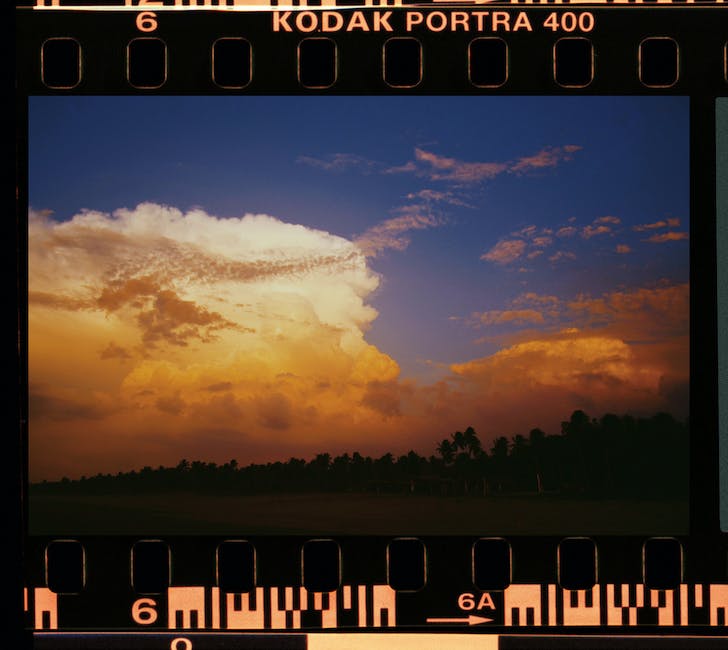The FAA has given the green light for a solar geoengineering project between Mexico and the US to take place in Reno, Nevada. The project aims to increase the vibrancy of sunsets by injecting reflective particles into the stratosphere, a form of geoengineering that could have significant implications for our understanding of climate change.
The project, which is set to take place later this year, will involve a team of scientists and engineers from both countries working together to launch a high-altitude balloon carrying a payload of reflective particles. Once the balloon reaches the desired altitude, it will release the particles into the stratosphere, where they will reflect sunlight and create a more vibrant sunset.
While the project is primarily focused on aesthetics, it could have important implications for the study of climate change. Solar geoengineering, or the deliberate manipulation of Earth’s climate to counteract the effects of greenhouse gas emissions, is a controversial and often misunderstood field. Critics argue that such methods are untested and could have unintended consequences, while proponents believe that they could be a necessary tool in the fight against climate change.
The project in Reno, which has been in the works for several years, has faced criticism from environmental groups who argue that it could set a dangerous precedent for geoengineering projects around the world. They worry that such projects could be used as a way for governments and corporations to avoid reducing their greenhouse gas emissions, and that the long-term effects of geoengineering are still unknown.
Despite these concerns, the Mexico-US project in Reno is moving forward, and scientists hope that it will provide valuable data on the feasibility and safety of solar geoengineering methods. If successful, the project could pave the way for future geoengineering projects aimed at addressing the effects of climate change.




